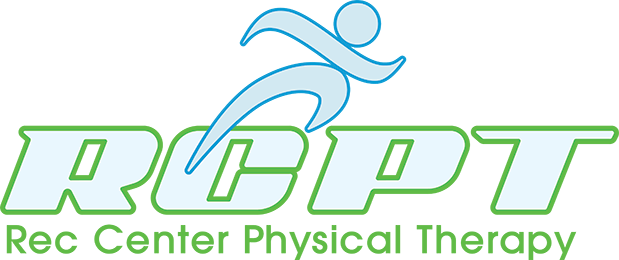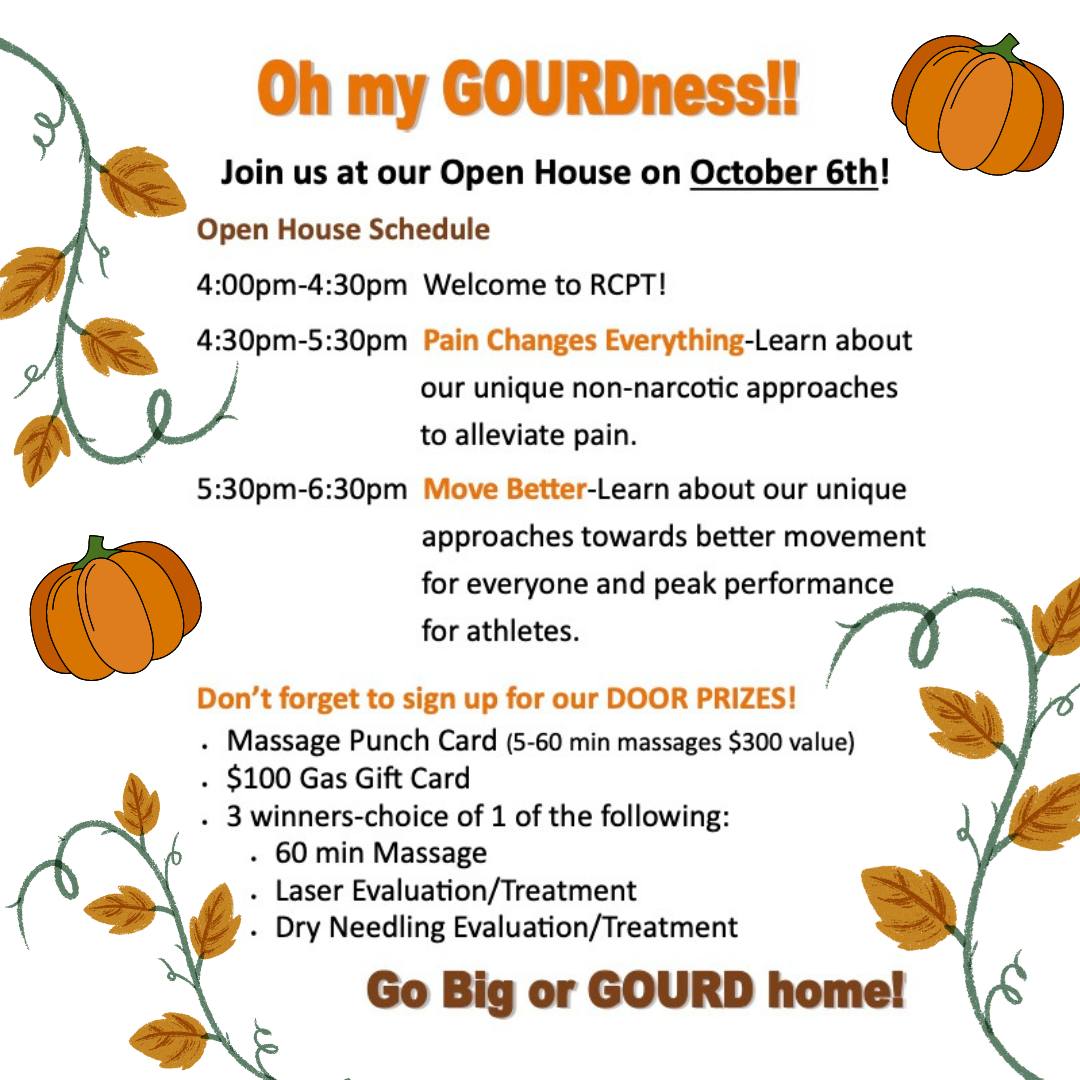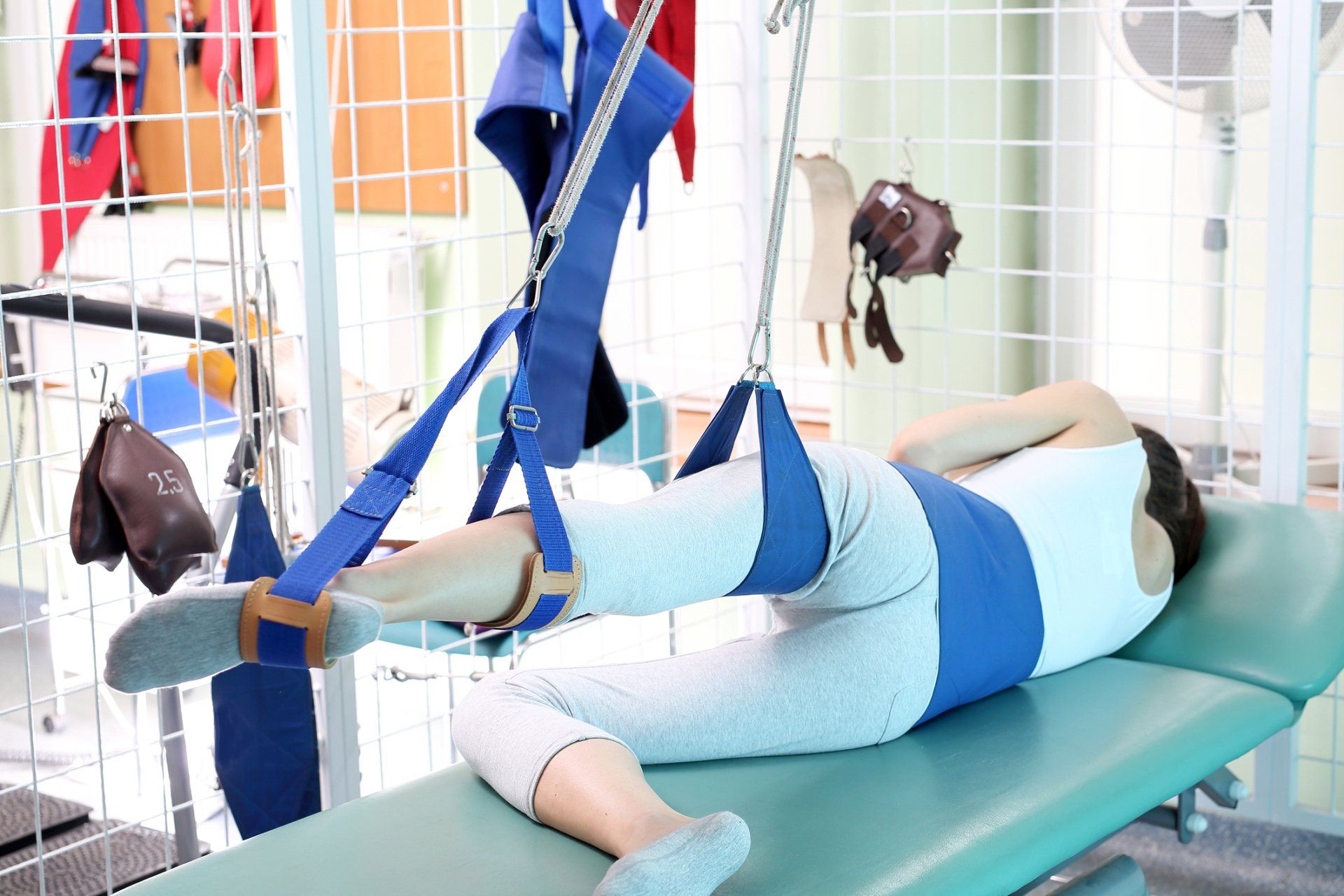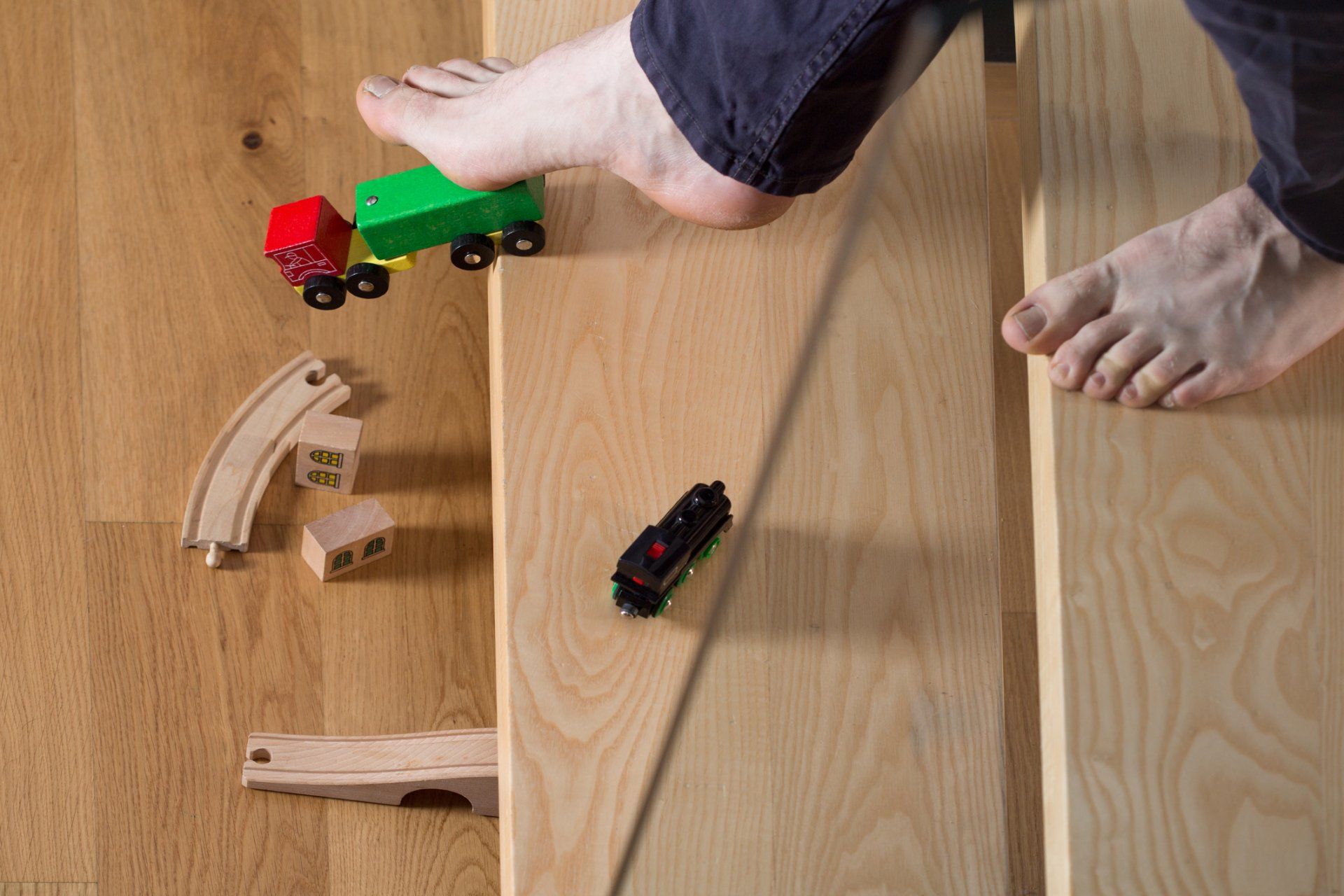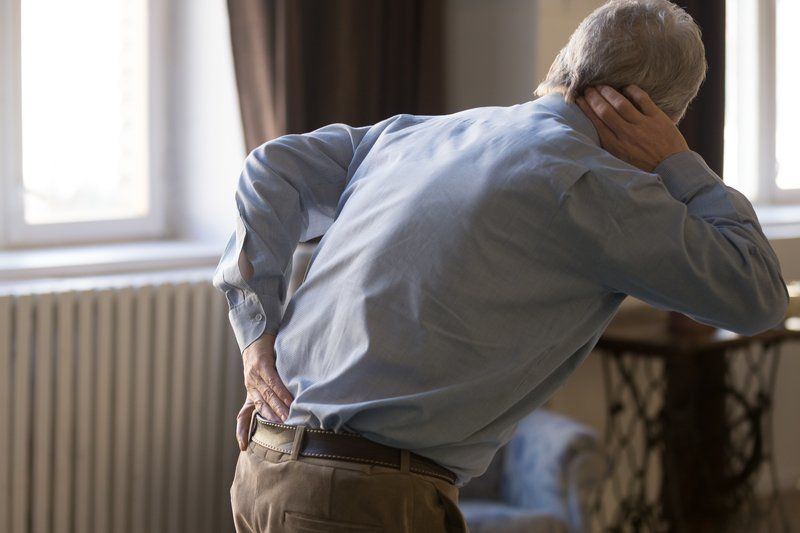What Jobs Put You at the Greatest Risk of Injury?
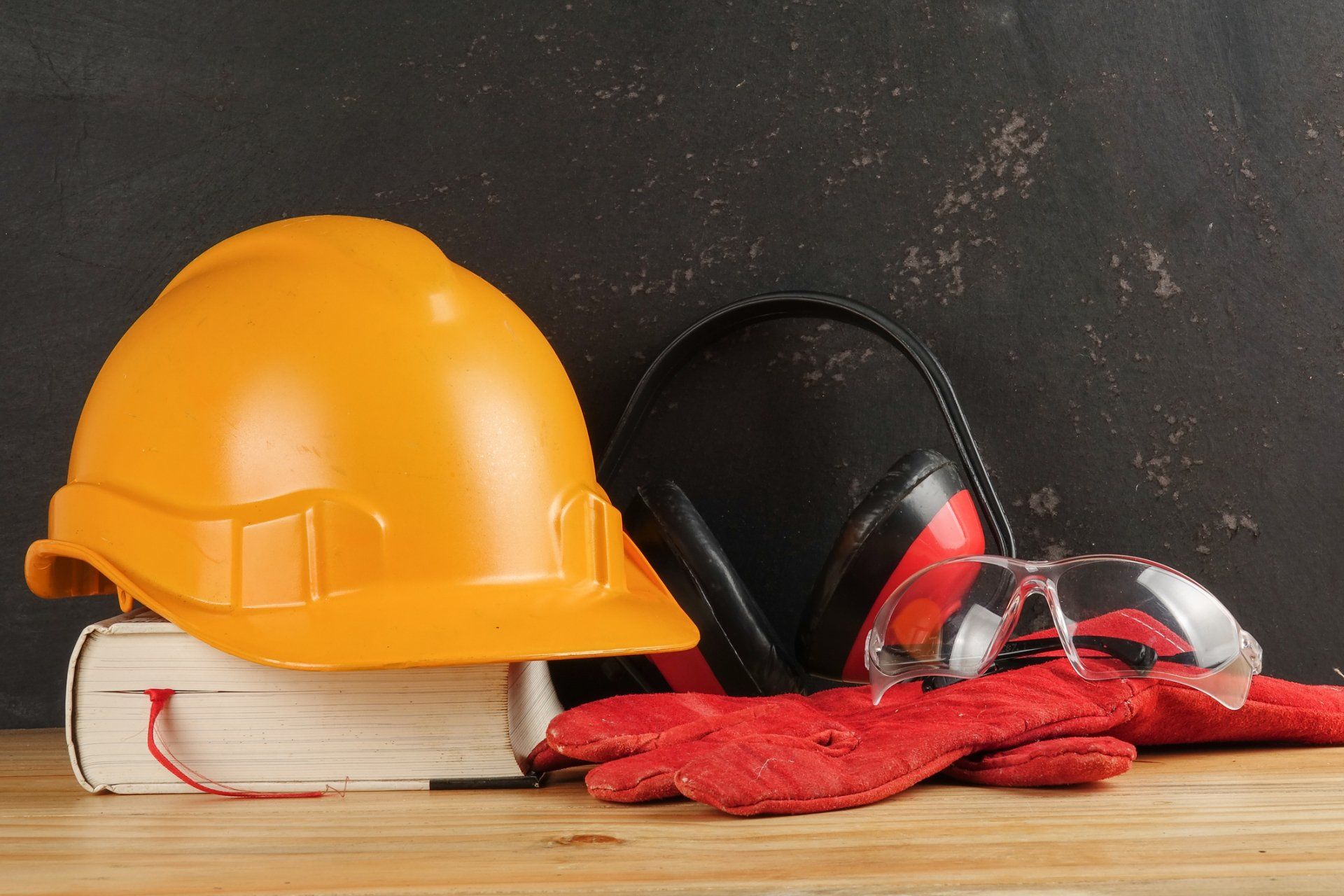
Most, if not all jobs, come with a certain amount of risk. From physically demanding jobs, to first responder positions, to jobs requiring lots of travel, there are many positions that you take on assuming a certain amount of risk. Understanding the risks of certain jobs is an important first step to minimize them through awareness and safety precautions.
Construction Workers
Working on a construction site presents a number of day-to-day risks . One of the most common risks is that objects are constantly moving around. This could be materials, and the machinery and equipment used to transport materials around the construction site. This means you need to constantly be aware of your surroundings and looking up, down, right, and left before you move somewhere. Spatial awareness will also help you prevent slips, trips, and falls, which account for nearly 40 percent of all non-fatal injuries on construction sites. Construction sites can also be very noisy places due to the nature of the equipment used. Protect your ears with the proper PPE if you are going to be around loud equipment.
Roofers
Being a roofer is an inherently dangerous job. You are up at high heights, on sometimes unsteady material, working to perform a job with precision. Slipping and falling on a roof is a common accident that can be fatal. In addition to falling from roofs and skylights, you can also fall off ladders. These accidents can lead to broken bones, organ damage, and head trauma. You need to have good visual perception and spatial awareness, and not let the intricacies of the job distract you from maintaining your footing. Electrocution is another risk of being a roofer. Electrocution can occur when a roofer accidentally makes contact with an overhead power line. Roofers should also be aware of the risks of heat exhaustion, and if possible, avoid working in extreme temperatures.
Healthcare Workers
Having a career treating patients and saving lives can put you at risk for injury. Healthcare workers frequently deal with sharp objects, like needles and scalpels that can injure them if not used properly. Depending on the role, working in healthcare can pose physical hazards from lifting people out of beds and wheelchairs, and moving around heavy equipment while on their feet all day. All of this lifting and moving can cause back, neck, and shoulder pain and strain. Many chemicals used in healthcare settings, whether to treat patients or clean work stations, can pose a threat if they are inhaled or if they make contact with skin. Without proper PPE, healthcare workers may become exposed to contagious viruses and bacteria that can cause them to become ill.
Agricultural Jobs
There are many injury risks associated with working in agriculture, especially as a harvester. Transportation-related accidents top the list of the most common reasons for injuries on the job. Agricultural jobs require using equipment for managing and picking crops, including large equipment items like tractors. Tractor canopies can prevent rollover accidents from occurring while you are using it. Other equipment used to harvest food can cause injuries to your fingers, hands, and arms. Injuries from falling down or slipping on the job are also common. Many of these injuries can occur from overexertion or dehydration.
Loggers
In addition to being a dirty job, logging can also be extremely dangerous. Loggers spend almost all day outdoors cutting down trees, transporting trees, and cutting them up in different ways depending on the intended use of the wood. One of the main risks of injury in logging is having a tree fall on you once you cut it down. There are also risks when using chainsaws that can cut or maim you. In addition, the ruggedness of the landscape and variability of the temperature and conditions can make the workplace even more dangerous. Safer tools and better training are the main ways that loggers can help to prevent dangerous accidents on the job.
Ironworkers
Ironworkers weld metals like iron and steel using heated tools. One of the main risks of injury for this job is burns. The fire used to heat instruments to weld metals can reach scorching temperatures. Ironworkers need to wear the proper clothing , gloves, and protective ear wear to protect themselves from burns. Muscle strain is another common workplace injury. Ironworking involves moving heavy pieces of metal around, including unloading and stacking these pieces. All of this can wreak havoc on your arms, back and shoulders, causing pain and strain. Falling is another risk for ironworkers, especially those installing metal at construction sites.
Garbage Collectors
Working as a garbage collector can also put you at risk for injury. Oftentimes, garbage collectors will have to lift heavy objects, including trash bins, which can lead to back and spinal injuries, and even hernias. Slipping and falling is another workplace hazard . Garbage collectors work outdoors in all types of conditions, so rain and snow can lead to slick roads and sidewalks. Garbage collectors also risk being hit by oncoming traffic, an accident that can be fatal.
Power Line Workers
Powerline workers face a number of risks on the job. The first is from falling. Power line workers have to work up high at the top of powerlines in order to do their job. This puts them at risk from falling from these heights and injuring themselves. Electrocution is another risk of the job. Power line workers are manipulating live electric lines, and if mishandled without proper protective wear, this can lead to being electrocuted. Power line workers often have to work in rough or dangerous weather conditions, like rain, thunderstorms, or snow. These weather events make for dangerous work conditions that can lead to workplace accidents, and slipping and falling.
It is important to understand the risks associated with any job before deciding to pursue them. There are a number of ways to minimize risks of injury on the job, and you should receive specialized workplace safety training to help you. Being aware of the risks and the ways you can protect yourself from injury is the best way to protect yourself.
Read this next: How to Make Your Physical Therapy Easier to Endure



